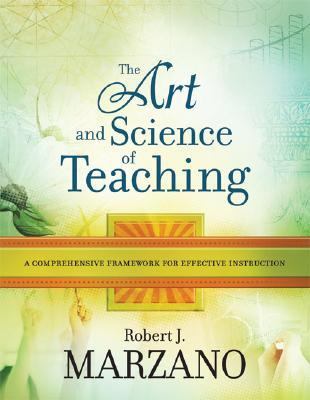This is a post from my work blog: http://wgsdsciss.blogspot.com
Our district is working on Learning Goals as an emphasis from K-12. We are using The Art and Science of Teaching as our model.
These learning goals are constructed from our Missouri Grade Level Expectations.
So this process of developing learning goals for classrooms brings about amazing opportunities for demonstrating great work by educators.
Below is a third grade class. The teacher developed a proficiency scale for this learning goal:
Students will be able to compare how where you live affects how you live.
4 - Student accurately describes how Environment/Climate affect (all three) clothing/food/housing
3 - Student accurately describes how Environment/Climate affect (two) clothing/food/housing
2 - Student accurately describes how Environment/Climate affect (one) clothing/food/housing
1 - Student accurately describes how Environment/Climate
After our conversation we proposed a student formative assessment opportunity.
We created a graphic:
We added it to our proficiency scale. Then we posted that scale in the room. When proposing the learning goal as a question.
Based on this student performance was drastically improved.
Below are examples of student work:
This student was developing in their knowledge. Before, this student wouldn't have been able to answer anything in a written format. In this case the teacher decided to allow the student to simply tell her what they know about the topic, she wrote down the information.
In this scenario below the student needed differentiation strategies to allow them to communicate what they knew without being held back from a diagnosis of difficulty with written expression. The teacher provided the scaffolding of the boxes and numbers to provide the student with the opportunity to demonstrate what they knew. The addition of the boxes allowed the student the necessary tools to be successful and met the grade level expectation.
This student didn't need any scaffolding, also didn't need to write a ton and demonstrated and understanding of the content.
After this assessment the student below demonstrated partial mastery and needed either more time or more scaffolding to be successful. Conversations with this student are ongoing.
And of course no set of examples would be complete without an exemplar. This student has never written this much but having the rubric available gave the student the inspiration to write a ton. This is truly amazing for a 3rd grader!
After looking over this student work we had a conversation around these following questions:
- What do we notice about the student work that supports our proficiency scale?
- What do we notice about student work that was an unintended consequence of the proficiency scale?
- What worked on our scale?
- What didn't work from our scale?
- Do we see a true depth of knowledge increase as we move up our scale? Does the increasing depth of knowledge increase student engagement?
- Is the "4" of labeling all three really stretching to a transfer level? If not, is the a question or experience that we could add to reach the transfer level of understanding?
I'm excited to see where this goes next!!! Way to go Betsy!














No comments:
Post a Comment